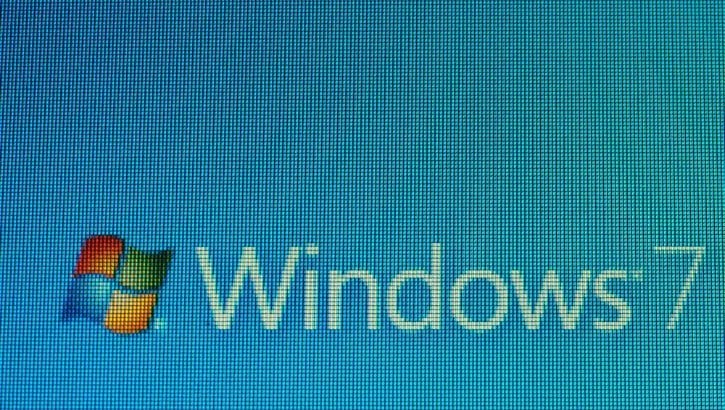The latest security updates for Windows 7 and Windows 8.1 prevent some computers from booting up. Users of Sophos and Avast antivirus solutions are at risk. Microsoft pauses the rollout.
A new month, new update articles for Windows. The most recent problems affect Windows 7 and Windows 8.1 systems. If you run one of these operating systems, combined with a security solution from Sophos or Avast, you will discover that your PC does not start up after the installation of the latest updates.
No more starting up
The culprits are the monthly security updates KB4493467, KB4493446, KB4493448, KB4493472, KB4493450 and KB4493451. Microsoft has been making these available since Tuesday as Patch Tuesday routine updates. For most users, these April 9 updates work as usual, but when installed on a system with Sophos Endpoint Security and Control or Sophos Endpoint Central/Advanced, a problem arises that prevents users from booting up their PC.
The problems also occur on Windows Server 2008 R2 and 2012. According to online reports, users of Avast security software are encountering very similar problems. Sophpos advises users not to install the update and Microsoft has stopped rolling out the updates for vulnerable systems with Sophos software. For Avast users, the updates will continue to roll out for the time being.
Business victims
However, because we are talking about security updates and no major Windows updates, there is a good chance that for many people, the damage has already been done. The update seems to be particularly damaging in business environments. The security of Sophos is popular in a professional context and also the affected versions of Avast focus mainly on the business user. After all, the problems occur with Avast for Business and Avast Cloud Care, according to the security specialist himself.
If you are confronted with a system that no longer starts up, you can, in principle, find a way out of the misery by starting up your system in safe mode. From there, you must first remove the antivirus solution. (Update: Sophos informs Techzine that it is sufficient to temporarily deactivate the solution in this state. Complete removal is therefore not necessary.) A standard boat is then in principle possible again. Once that is done, the bad updates need to be removed, and you can reinstall the Endpoint protection.
Badly tested
Microsoft has been garnering a lot of criticism lately due to Windows updates that cause more problems than they solve. Fortunately, in this case it is not Windows 10, although Windows 7 still has almost the same number of users. The percentage of Windows 8.1 users is marginal, especially in a business environment. The problems again show that Microsoft does not test updates sufficiently before they are rolled out, despite claims to the contrary. Especially in this case, the problems are unforgivable, as they are the result of a conflict with commonly used security software. Although a quick installation of security patches is in theory always advisable, in a professional environment it seems a good idea to keep an eye on things for a few days, even with security updates.
Related: End of Windows 7: what you need to know before you upgrade to Windows 10
This news article was automatically translated from Dutch to give Techzine.eu a head start. All news articles after September 1, 2019 are written in native English and NOT translated. All our background stories are written in native English as well. For more information read our launch article.